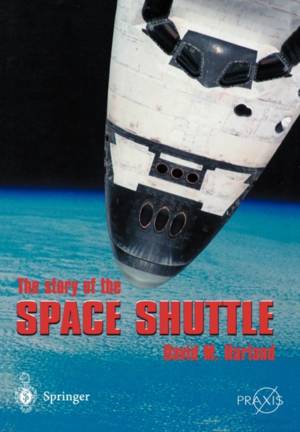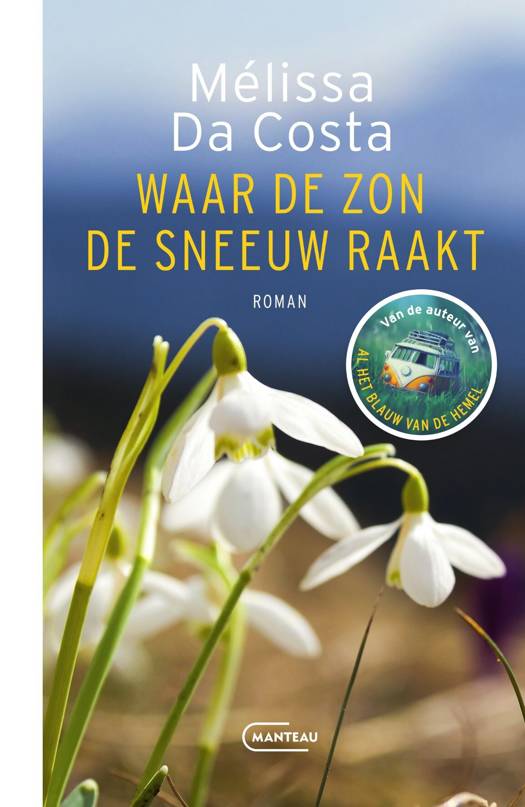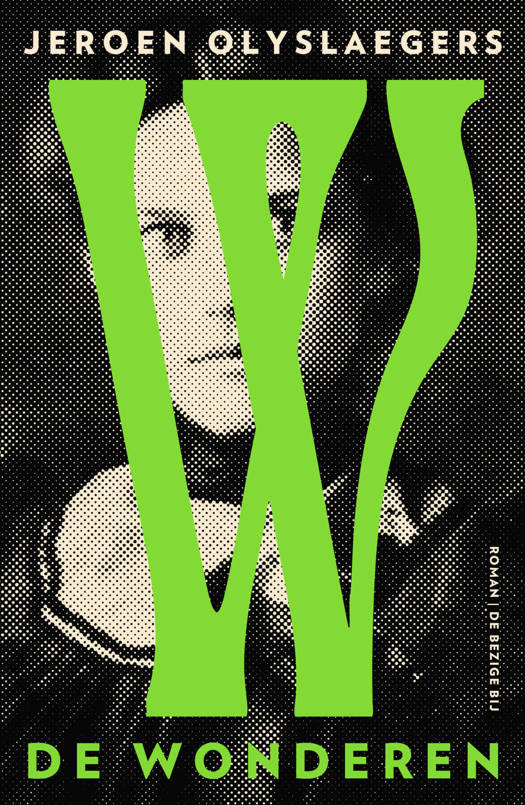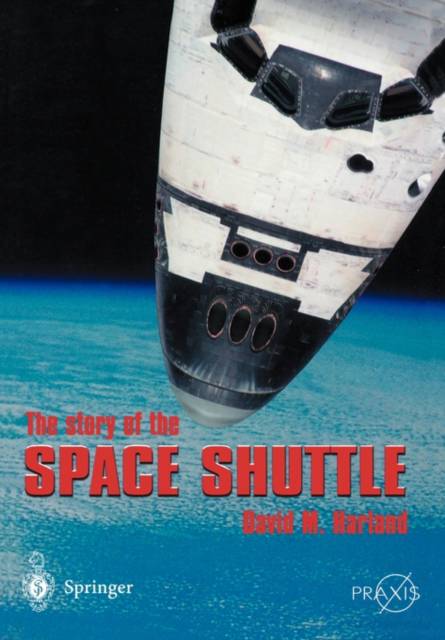
- Afhalen na 1 uur in een winkel met voorraad
- Gratis thuislevering in België vanaf € 30
- Ruim aanbod met 7 miljoen producten
- Afhalen na 1 uur in een winkel met voorraad
- Gratis thuislevering in België vanaf € 30
- Ruim aanbod met 7 miljoen producten
Zoeken
€ 41,95
+ 83 punten
Omschrijving
In spite of the Challenger and Columbia disasters, the US Space Shuttle, which entered service in 1981, remains the most successful spacecraft ever developed. Conceived and designed as a reusable spacecraft to provide cheap access to low Earth orbit, and to supersede expendable launch vehicles, serving as the National Space Transportation System, it now coexists with a new range of commercial rockets. David Harland's definitive work on the Space Shuttle explains the scientific contribution the Space Shuttle has made to the international space programme, detailing missions to Mir, Hubble and more recently its role in the assembly of the International Space Station. This substantial revision to existing chapters and extension of 'The Space Shuttle', following the loss of Columbia, will include a comprehensive account of the run-up to resumption of operations and conclude with a chapter beyond the Shuttle, looking at possible future concepts for a partly or totally reusable space vehicle which are being considered to replace the Shuttle.
Specificaties
Betrokkenen
- Auteur(s):
- Uitgeverij:
Inhoud
- Aantal bladzijden:
- 444
- Taal:
- Engels
- Reeks:
Eigenschappen
- Productcode (EAN):
- 9781852337933
- Verschijningsdatum:
- 5/07/2004
- Uitvoering:
- Paperback
- Formaat:
- Trade paperback (VS)
- Afmetingen:
- 241 mm x 170 mm
- Gewicht:
- 725 g

Alleen bij Standaard Boekhandel
+ 83 punten op je klantenkaart van Standaard Boekhandel
Beoordelingen
We publiceren alleen reviews die voldoen aan de voorwaarden voor reviews. Bekijk onze voorwaarden voor reviews.








